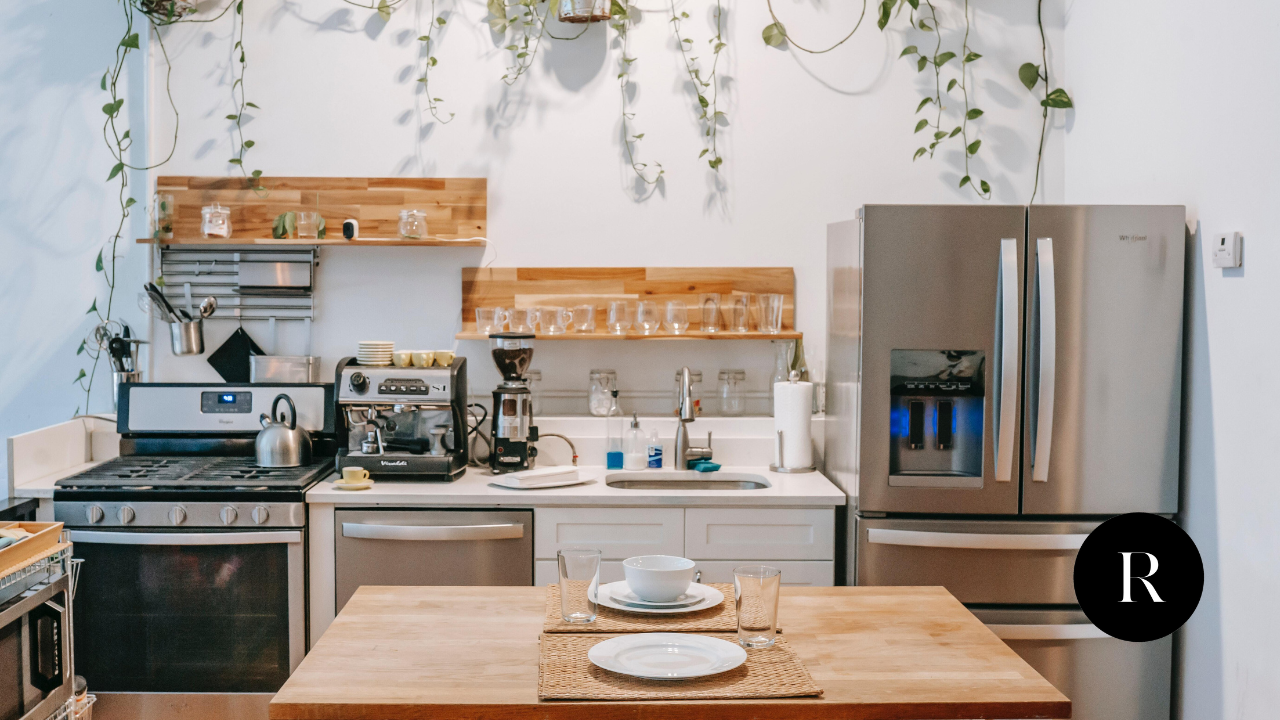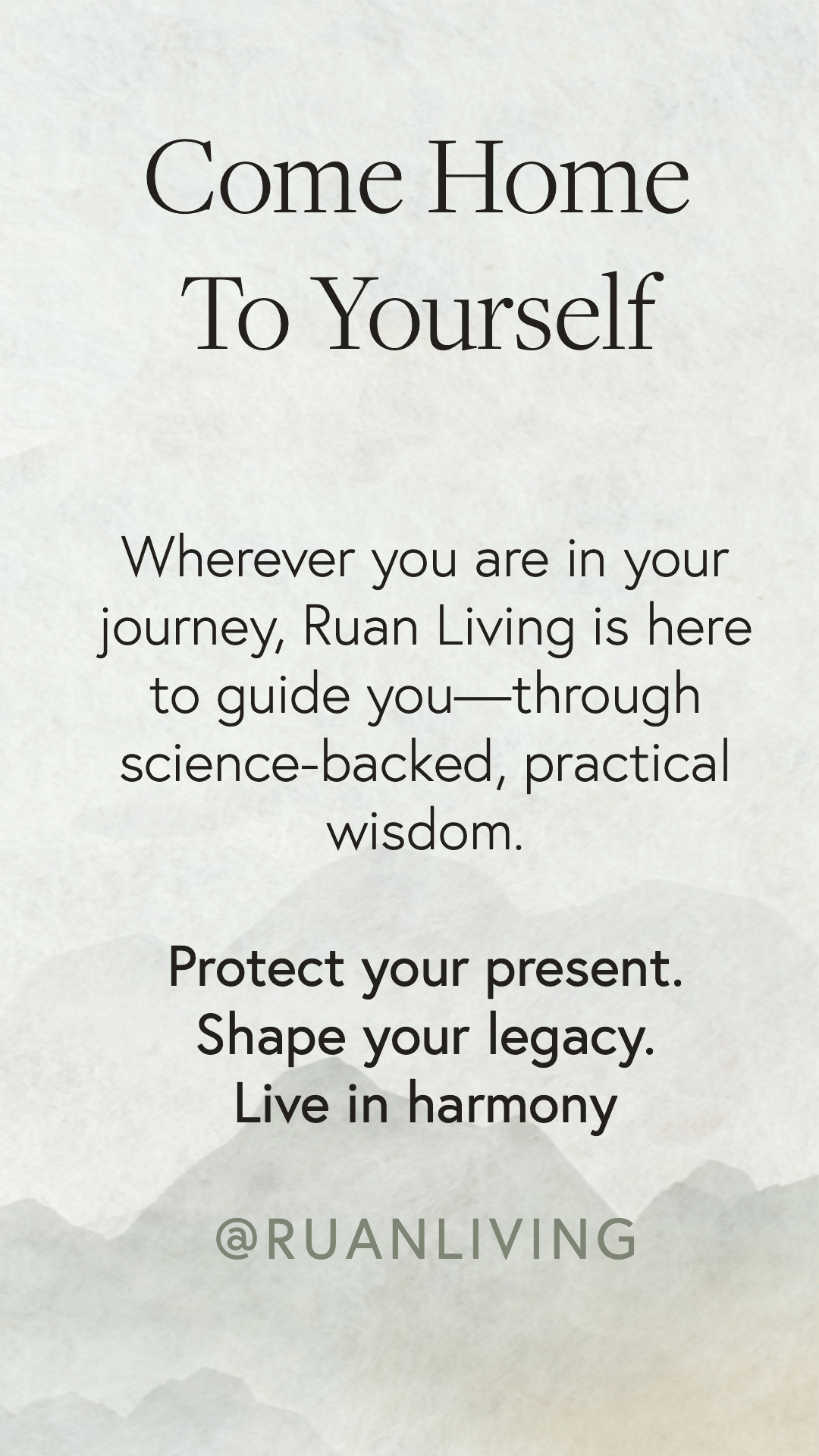
Top Tips for a Healthy Nontoxic Kitchen
Sep 28, 2022Did you know that our diet is a significant source of our toxic exposures, even among those who eat healthily?
What we eat and drink often contains toxic chemicals and heavy metals that can adversely affect our:
- brain
- nervous system
- hormones
- reproductive system
- fertility
…and much more!
The good news is that simple changes can make a big difference. One study found that participants who made a few tweaks reduced the chemicals in their bodies by 50 to 95% in just three days.
In this blog, you'll learn a few simple changes that lead to a 50-95% reduction in toxic chemicals and eight essential items in your kitchen for a lifetime of healthy eating with minimal toxic exposures.
What is touching your food?
There are two important things to remember in terms of what touches your food:
The first is to avoid nonstick surfaces like nonstick pots and pans.
They often contain chemicals referred to as PFAS, which are toxic and so persistent that they are now referred to as ‘forever chemicals’ because they're expected to take at least a century to biodegrade.
The second material to avoid is plastics.
You're not going to be able to avoid them altogether, but try to avoid them as much as you can. Plastics can release hormone-disrupting chemicals into the food and drinks that they contain.
Nontoxic Kitchen Essential: Cast Iron Pots and Pans:
What can you use instead?
Cast iron pots and pans are the safest alternatives to nonstick pots and pans. One thing I wish I knew sooner is that cast iron require different considerations than regular nonstick pots and pans.
I love the Lodge cast iron combo below.
💡 My top tips for using cast iron:
- Instead of washing with soap and water, soon after you’ve finished cooking with them, use an oven mitt to protect your hands from the heat and run them under hot water and scrub them clean with a stiff brush.
- Then dry the water with a paper towel, so the water doesn't rust the cast iron.
- Finally, moisturize the cast iron after it's dry with whatever oil you have.
Nontoxic Kitchen Essential: Stainless Steel Pots and Pans:
Please note that cast iron has its limitations. It can rust, and the seasoning from the oils on the surface will wear out over time. Conditions that deteriorate the nonstick coating (often referred to as “seasoning”) include boiling water or cooking acidic foods (like tomatoes).
So, when boiling pasta or stewing recipes with tomatoes, use stainless steel instead.
Cooking with Acidic Foods:
When you're going to cook with acidic foods, two of your best options in terms of toxicity:
- Ceramic-coated cast iron
- Glass cookware (but this must be handled per manufacturer’s instructions)
Nontoxic Food Storage Options:
There are two key materials to have in terms of storage:
- Glass
- Stainless steel
I try to collect glass containers that are safe enough for not just the refrigerator but also the dishwasher, oven, and freezer. Glass works great, especially at home.
But when you're taking food or drinks outside the home or giving children a water bottle, stainless steel is best: it's indestructible and light.
Nontoxic Kitchen Essential: Parchment Paper or Beeswax Paper
Parchment paper is a must-have item in your kitchen! Some plastic wrap can release toxic chemicals into the food that they wrap—and hands—so avoid it as much as possible.
Parchment paper is often brown; however, it can sometimes be bleached, so look for unbleached.
Unlike plastic wrap, however, parchment paper doesn’t cling. So it’ll need help staying wrapped around your food or container. Things that can help cling the parchment paper are tin foil (don’t let it touch your food), stickers, ribbons, or a rubber band.
For example, if you’re wrapping a sandwich, you can wrap the sandwich in parchment paper and then secure the packaging with aluminium foil. You can get creative and use stickers too!
Nontoxic Ingredients:
As much as possible, maximize the number of homemade organic meals that you eat. You're not going to be able to eat everything organic but you can prioritize.
Two lists created by the Environmental Working Group can help. They're known as the Dirty Dozen and the Clean 15. You can find them on EWG’s website.
Appliances That Make Home Cooked Meals Easier.
The Instant pot makes cooking at home much more convenient, and it'll save you a lot of time cooking rice stews, chicken meats, and even baking desserts.
When I was looking for a pressure cooker or slow cooker, I found that many options had nonstick inserts (bowls) inside. Since I was trying to avoid nonstick chemicals, I bought the InstantPot. I recommend it!
I also love my Vitamix blender. It's powerful enough to make not just smoothies but also nut butters and much more. There are many Vitamix blender models. Below is one. Please note: There are reports that there are highly toxic PFCs in the blender. While I suspect that this is true, I also suspect that all blenders will probably have them and I decided that the benefits of this Vitamix blender outweigh the risks.
Essential Things You Should Have in Your Home For a Practical, Nontoxic Diet
In summary, the key things you should have for a practical nontoxic diet are:
- Cookware made of cast iron and stainless steel.
- For cooking acidic foods, cookware made of ceramic coated cast iron or glass.
- To store your foods and drinks, glass and stainless steel containers are great options.
- Parchment paper is an excellent replacement for plastic wrap for your diet. Use alumnimum foil, stickers, rubber bands, or string to wrap the parchment paper.
- Eat organic as much as possible. Use lists by the Environmental Working Group called the Dirty Dozen and the Clean 15 to help you prioritize your budget.
- Two appliances that will help make home cooking much more convenient are the Instant Pot and a powerful blender like the Vitamix.
If you modify your kitchen to integrate these things, you will have eliminated a lot of toxic exposures from your diet and be on your way to optimizing your body's ability to detox, heal, and restore.
Thank you so much for reading our blog!
If you found this blog helpful, then you may also want to listen to my Practical Nontoxic Living podcast and learn more about my 40-Day Home Detox adventure.
o Don’t miss out on new content that can help you detox your home, diet, self-care and technology! Stay connected more easily by following Ruan Living on Instagram. Just follow this link: CONNECT.
See you next time.
Please note that this site and article contains Amazon affiliate links, which earns Ruan Living an affiliate fee. To visit Ruan Living’s curated Amazon store for kitchen staples and more, click here: Ruan Living on Amazon.
View this post on Instagram
🎁 unlock your ULTIMATE HOME DETOX™ starter pack
Download the Ultimate Home Detox™ Starter Pack—your free set of practical, science-backed tools to begin reducing toxic exposures in your everyday life.
- Nontoxic Cleaning Guide
- Forever Chemicals Detox Starter
- EMF Detox Challenge
- Safe Cookware Starter Kit
- Kitchen Detox Checklist
- Fertility / Pregnancy / Children's Detox
Join 349,000+ people who’ve turned to Ruan Living for trusted, practical nontoxic guidance. These resources have helped thousands begin their journey toward a healthier home—and they’re yours, free.
GET YOUR ULTIMATE HOME DETOX™ STARTER PACK NOWWe hate SPAM. We will never sell your information, for any reason.






